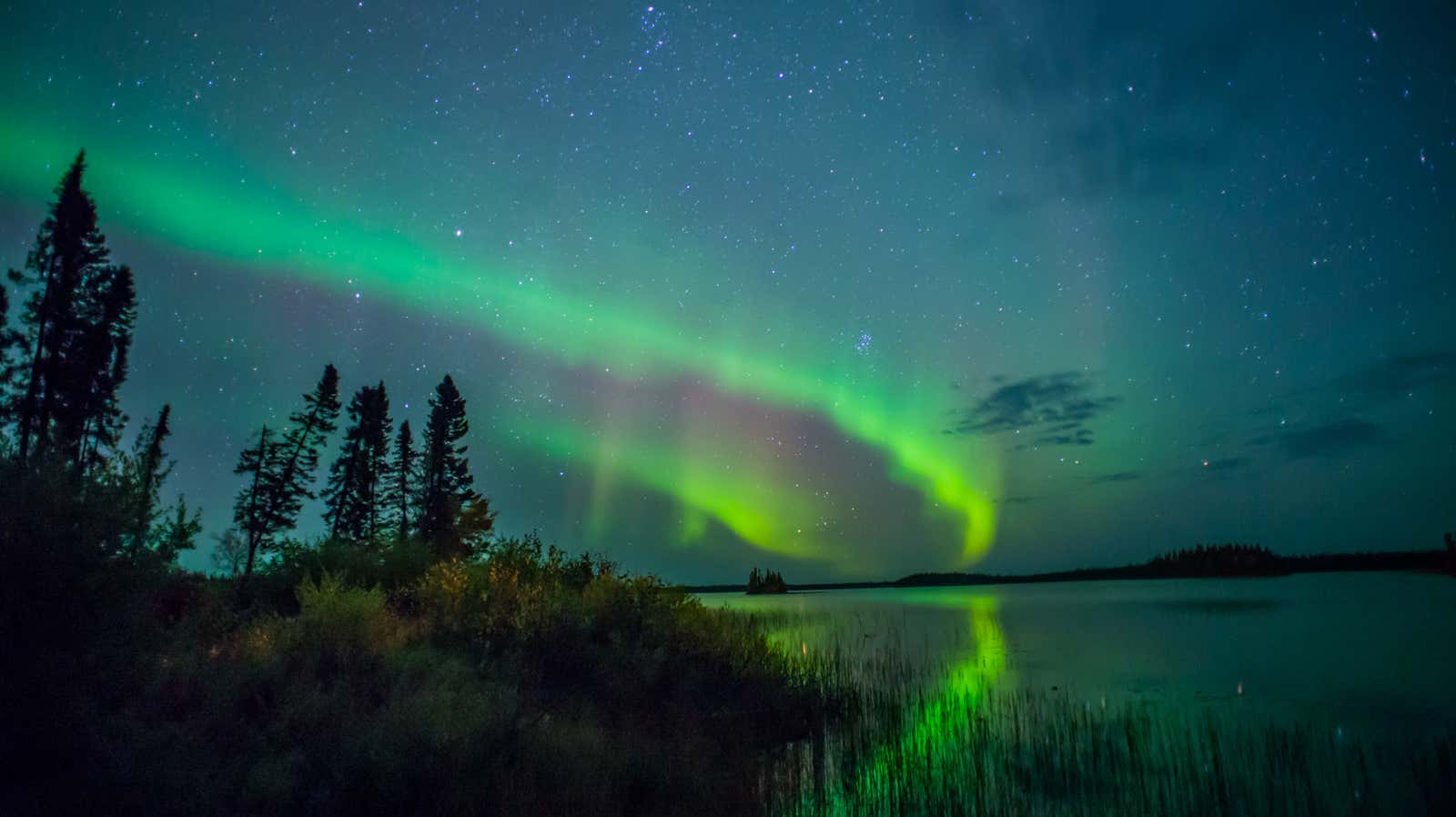How to See the Northern Lights in February and March

The Northern Lights are like an unreliable friend: even if they show up on schedule, there is no guarantee that they will actually show up, which makes them a pleasant surprise when they show up. Every year (well, until 2020), people made the transition from different parts of the world to some of the most northerly (accessible) areas in the hopes of seeing the northern lights live and in person. This is something that requires a significant investment of time, effort and money.
Even if you are planning a trip around the forecast for the aurora borealis or the annual peak of the northern lights in February and March, there is a certain chance that you may be able to walk all this way and not see the natural light show. And that’s why – pandemic or not – to be able to broadcast this phenomenon live is so convenient. Here’s how to tune in for 2021 shows (hypothetical at least).
How to observe the northern lights
We are at the very beginning of the peak of visibility of the northern lights and are also stuck at home, so now is the perfect time to see the northern lights. The live stream is hosted by Explore.org and Polar Bears International , the same organizations based in Churchill, Manitoba, that annually host polar bear webcams for us in early November.
Churchill is not only home to the annual migration of polar bears looking to hunt seals in the frozen Hudson Bay, but there are more than 300 nights a year when the northern lights theoretically appear. But this is a different situation where quality is more important than quantity: February and March have the clearest skies of the year, and therefore these colder months are the best times to see the lights.
To watch, simply visit the Explore.org page with the Northern Lights camera. Although it is open 24/7, the best time to watch the Northern Lights is between 10:00 pm and 4:00 am ET . For a better understanding of when to connect, check out the NOAA Space Weather Prediction Center , which gives a 30-90-minute forecast of the location and intensity of the aurora.